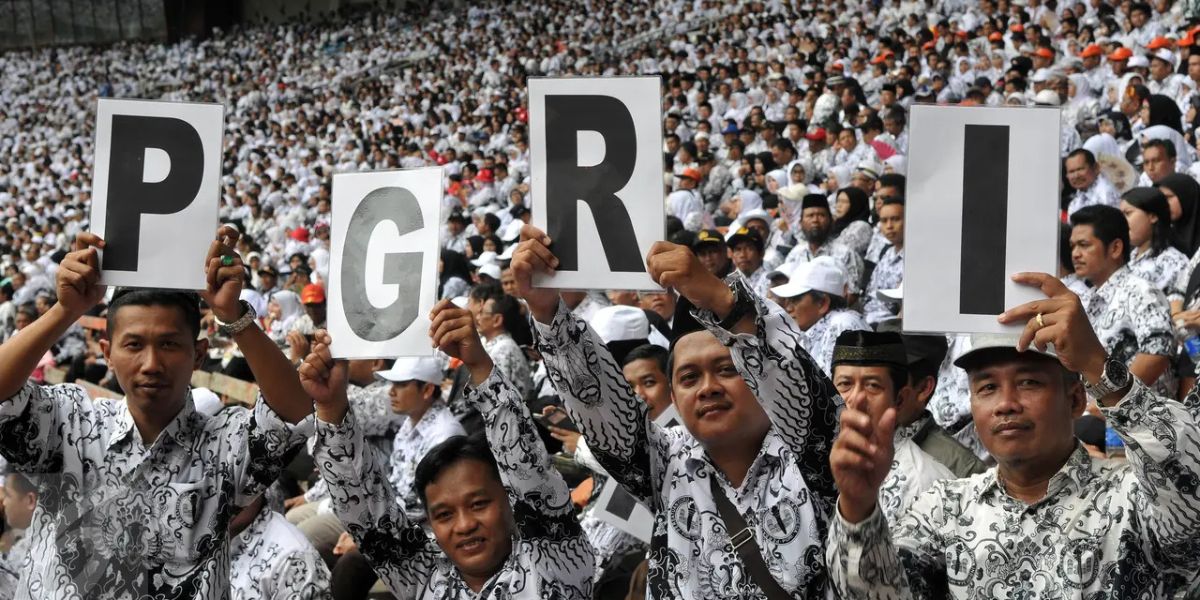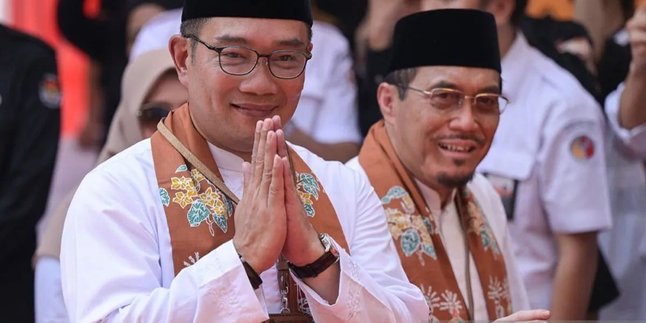Kapanlagi.com - Every November 25, we celebrate the Anniversary of the Indonesian Teachers' Association (HUT PGRI) which coincides with National Teacher's Day. This special moment is not just a celebration, but also a reminder of the long journey of Indonesian teachers, from the colonial era to achieving independence. PGRI is not just an organization, but a symbol of national spirit and an important historical milestone in the education of our homeland.
The history of PGRI began in 1912, with the establishment of the Dutch East Indies Teachers' Association (PGHB), an organization that fought for the rights of indigenous teachers. The long journey that this organization has undergone reflects the determination and courage of teachers in advocating for their position amidst the challenges of colonialism.
The peak occurred on November 25, 1945, exactly one hundred days after the proclamation of Indonesia's independence, when the Indonesian Teachers' Congress in Surakarta gave birth to PGRI. The spirit of "freedom" that was ignited at that time became the foundation for teachers to unite in advocating for education and the progress of the nation.
1. The Beginning of the Struggle: The Birth of PGHB in the Colonial Era
In 1912, the spirit of nationalism began to resonate in the hearts of native teachers through the establishment of the Dutch East Indies Teachers Union (PGHB). This unitary organization united various teaching professions, from Assistant Teachers to School Principals, despite their differing educational backgrounds.
Referring to information from the official PGRI website, these educators served in Village Schools and Community Schools, struggling against significant challenges due to differences in rank, social status, and education. However, the collective spirit they built became an important foundation for greater struggles in the future.
2. Transformation to PGI: The Nationalist Spirit Strengthens
In 1932, PGHB transformed into the Indonesian Teachers Union (PGI), a bold step that went beyond just a name change, becoming a symbol of the struggle to assert a strong national identity.
The use of the word "Indonesia" clearly became a nightmare for the Dutch colonizers, but for native teachers, it was an inevitable hope.
With a burning fighting spirit, Indonesian teachers challenged discrimination and fought for equal rights, one of the significant milestones being the transfer of the position of Head of HIS, which had always been held by the Dutch, now passing into the hands of the natives.
3. The Japanese Era: New Challenges for Indonesian Teachers
In the shadow of the oppressive Japanese occupation, organizations, including PGI, were forced to remain silent, and schools were closed, forcing teachers to halt their struggles.
However, the spirit of nationalism never waned; the hope for independence remained alive in the hearts of these educators. Although those difficult times tested their resolve, teachers continued to fight within their limitations, remembering how important education is for the future of the nation.
And finally, after the proclamation of Indonesia's independence on August 17, 1945, that buried hope reignited, awakening a new spirit to build the homeland.
4. The Birth of PGRI: A Historical Momentum at the Indonesian Teachers' Congress
After declaring the proclamation of independence, Surakarta became a witness to the importance of history on November 24-25, 1945, when the Indonesian Teachers' Congress was held.
In an atmosphere filled with enthusiasm and unity, teachers from various backgrounds, regardless of their education, religion, region, or political views, came together to formulate the future of the nation's education.
It was here that the Indonesian Teachers' Association (PGRI) was born on November 25, 1945, just one hundred days after Indonesia gained independence.
With a burning determination amidst challenges, they championed three main visions: to uphold and perfect independence, to improve education that favors the people, and to advocate for workers' rights, especially for teachers.
5. Establishment of National Teacher's Day: A Recognition for Teacher's Service
In order to honor the dedication of teachers who have fought for the nation, the government established November 25 as National Teacher's Day through Presidential Decree Number 78 of 1994.
This date not only coincides with the anniversary of PGRI but also serves as an important moment to commemorate the role of teachers as the frontline in Indonesian education.
Until now, PGRI remains consistent in carrying out its function as an organization that advocates for the profession and welfare of teachers. Teachers, more than just educators, are agents of change who play a crucial role in shaping the character and future of the nation.
6. Why is November 25 commemorated as PGRI's Anniversary and National Teacher's Day?
Today we celebrate a historic moment, the anniversary of the Indonesian Teacher Association (PGRI), which was founded on November 25, 1945, exactly one hundred days after Indonesia proclaimed its independence.
An important milestone that not only marks the establishment of a teachers' organization but also the spirit of struggle and dedication of educators in building the nation.
7. What is the background of the establishment of PGRI?
PGRI emerged as a result of the historic Indonesian Teachers' Congress in Surakarta, an important moment that united various groups of teachers in the spirit of struggle to support independence and advance the world of education in the homeland.
8. What are the main objectives of PGRI at its establishment?
PGRI has three inseparable main missions: to safeguard the independence that has been fought for, to elevate the status of education rooted in the interests of the people, and to advocate for the rights of teachers to receive recognition and adequate protection.
9. How has PGRI evolved from the colonial era to the present?
From its historical roots as PGHB during the Dutch colonial period, this organization transformed into PGI in 1932, and then became known as PGRI in 1945.
Since then, PGRI has tirelessly fought as the vanguard in advancing the world of education while also preserving and strengthening the national values that form the identity of the nation.
(kpl/rmt)
Disclaimer: This translation from Bahasa Indonesia to English has been generated by Artificial Intelligence.












